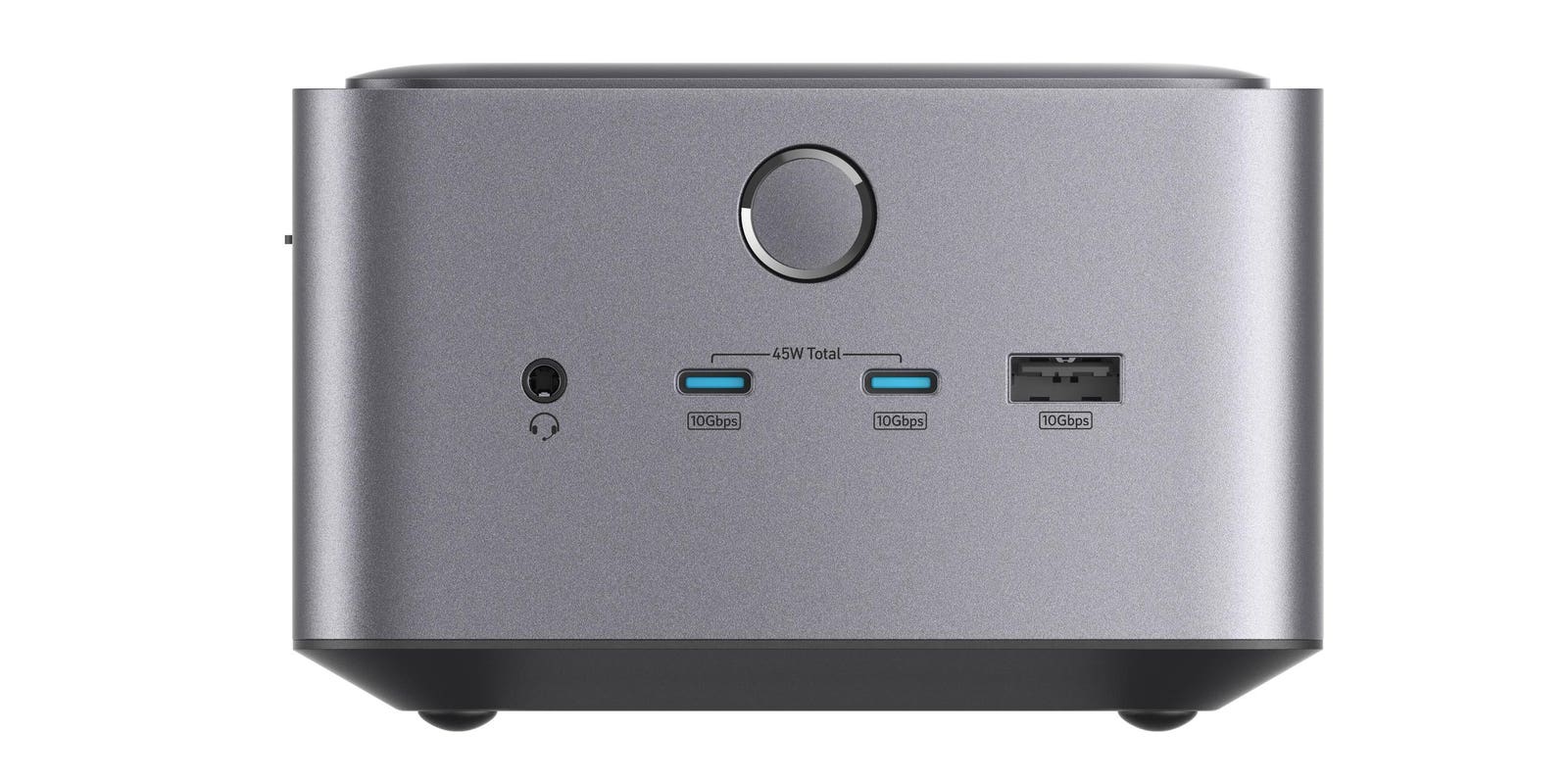Should AI Investors buy, build, or partner to win?
Investing is booming, but capital alone isn’t enough. With valuations soaring and differentiation shrinking, investors in AI-focused venture funds face a critical choice: Should they buy, build, or partner to win? Here’s how to assess each path—and avoid paralysis.
Path 1: Buy (Acquire to Accelerate)
Key Question: “Does your fund need immediate scale or IP?”
- Why It Works: Acquiring a mature AI vendor fast-tracks market entry, eliminates competitors, and secures talent/IP. For example, Salesforce’s $15.7 billion acquisition of Tableau wasn’t just about BI—it was a gateway to dominating AI-driven analytics in the $1.8 trillion digital transformation market.
- Strategic Fit: Ideal for funds with dry powder and a tech gap in their portfolio’s tech stack. For example, Microsoft’s $19.7B Nuance acquisition shows how funds with dry powder can buy rather than build to fill tech gaps. Needing healthcare AI capabilities, Microsoft used its cash reserves to gain 80% of the clinical voice market overnight – a textbook case of using acquisitions to solve portfolio weaknesses.”
- Risk Warning: Overpaying for hype or culture clashes post-acquisition.
Path 2: Build (Bet on Homegrown Innovation)
Key Question: “Do you have unique data or talent to leverage?”
- Why It Works: Building lets you control the roadmap. For example, Andreessen Horowitz backing an Independent AI lab – Thinking Machines at $10 Billion valuation. Works best with proprietary datasets or elite technical teams in a new startup which in this case is Mira Murati.
- Strategic Fit: Ideal for funds with deep sector expertise and long-term investment horizons. This approach works particularly well in regulated industries where compliance and data security outweigh the need for speed. For example, Epic Systems—the $4.5B EHR leader—chose to develop AI diagnostic tools in-house rather than acquire external solutions. Their 3-5 year development timeline reflects the premium placed on maintaining HIPAA-compliant, hospital-grade data security within their closed ecosystem.
- Risk Warning: Development cycles lag behind market shifts (For example, generative AI outpacing legacy Machine Learning (ML) tools).
Path 3: Partner (Alliance Over Ownership)
Key Question: “Can you share risk while capturing upside?”
- Why It Works: Partnerships reduce costs and accelerate scaling. NVIDIA’s CUDA alliances show how shared ecosystems create mutual leverage—startups get tools, NVIDIA locks in chip demand. Ideal when solo market entry is too costly or complex.
- Strategic Fit: Perfect for regulated (fintech, healthcare) or capital-heavy sectors. Plaid’s bank partnerships avoided years of licensing; TSMC’s $20B chip R&D was split with Apple/NVIDIA. Partners provide what you can’t easily buy or build alone.
- Risk Warning: Misaligned incentives or dependency on a partner’s roadmap (For example, OpenAI’s shifting Microsoft ties).
The Strategic Edge
The AI gold rush rewards speed—but not recklessness. Buying scales, building differentiates, and partnering de-risks. For investors, the worst choice isn’t picking the wrong path; it’s standing still while others act.
“As Peter Thiel famously warned, ‘Competition is for losers.’ In AI investing, that means choosing your lane—and owning it.”









